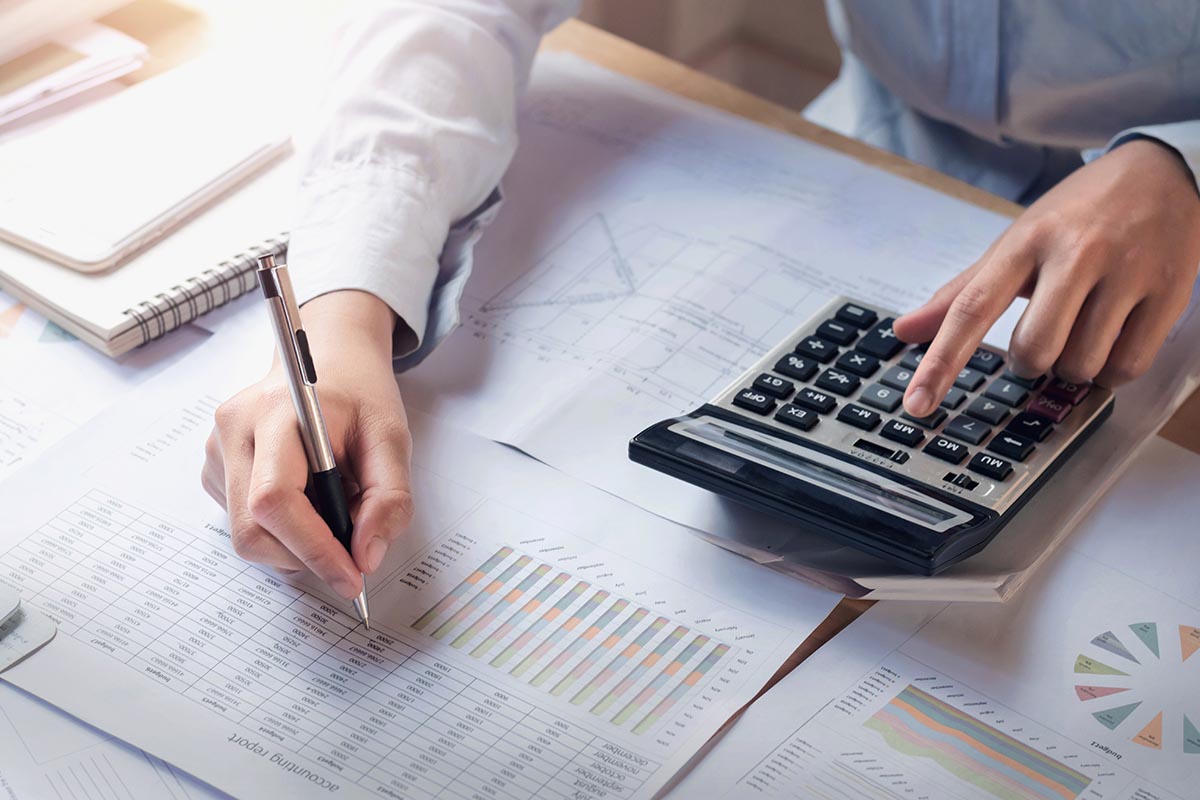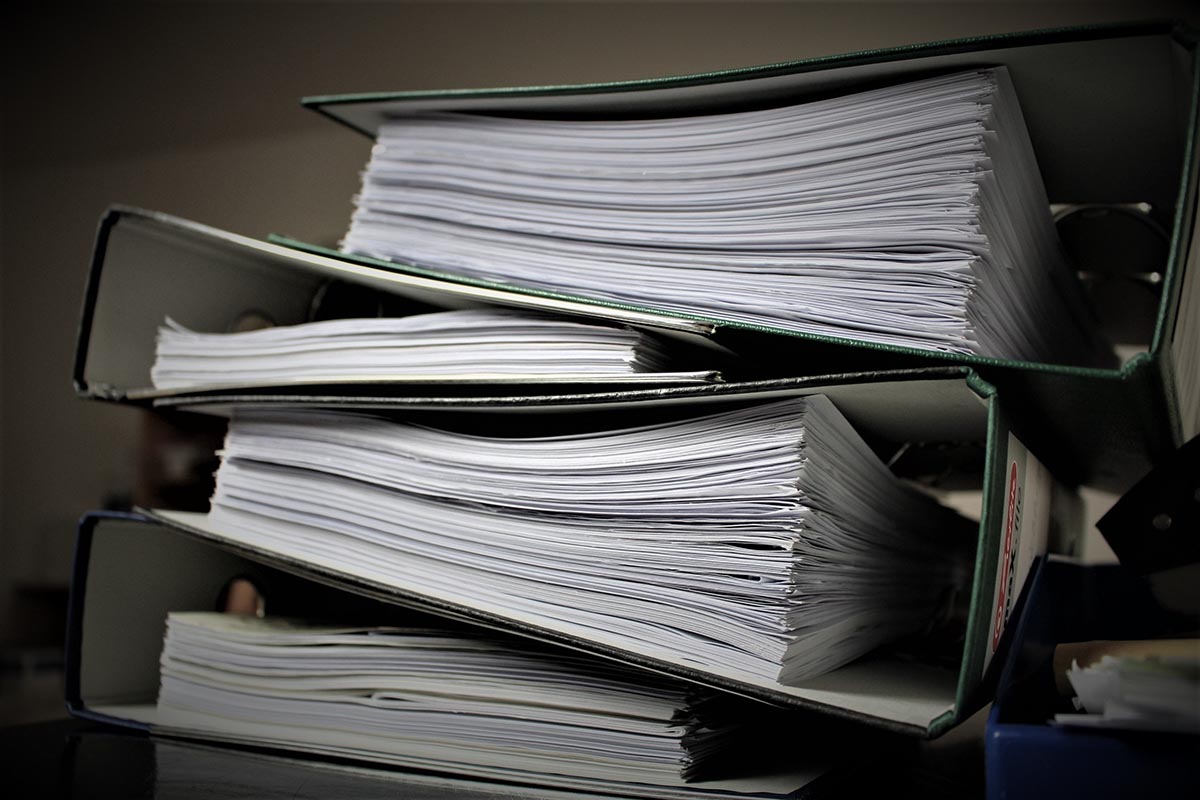Understanding Each Step of the Business Accounting Cycle
As a new business owner, you have a lot on your plate. There’s the actual business at hand—but also managing your employees, making sure you’re profitable and calculating taxes all while following regulations. Understanding and taking a role in the business accounting cycle helps you efficiently tackle these tasks.
While you can automate various processes and steps in the cycle, understanding each phase is important for managing transactions conveniently and accurately to ensure your business runs smoothly.
The Ongoing Cycle of Business Accounting
In a nutshell, the business accounting cycle includes recording and managing financial transactions. This process focuses on detailing each transaction, from purchase to account closing. It also includes debits, credits, T accounts, journal entries, adjusting entries, and more.
It’s usually the bookkeeper’s role to track the full accounting cycle from start to finish. Bear in mind monitoring is a continual process. As long as your business is alive, the cycle repeats itself every calendar or fiscal year.
Breaking Down Business Accounting Cycle: Identifying Transactions
Any type of transaction initiates the need for accounting. It’s good to check services at baldwincpas.com for the right practices in accounting. Identifying every financial transaction in your business, including purchases, debt payoff, asset acquisition, expenses, and sales revenue, is vital to monitoring sales. Get accounting software to guide you with these essential terms and definitions.
Identifying every financial transaction in your business, including purchases, debt payoff, asset acquisition, expenses, and sales revenue, is vital to monitoring sales. Get an accounting software to guide you with these important terms and definitions.
Recording Transactions in Company Journals
Once you identify transactions, record them in company journals. These inputs are popularly known as journal entries. Remember to record them chronologically—your credits and debits must always balance.
Posting to the General Ledger
The general ledger (GL) is the primary accounting record for your business. Take all journal entries and record them in the GL to their corresponding accounts. For each transaction, be sure to add a concise summary.
Calculating Trial Balance
After handling the GL entries, it’s essential to prepare a trial balance. You can calculate the balance monthly, quarterly, or annually. This process involves totaling GL debits and credits to ensure they are even.
Worksheet Tracking
In some cases, debits and credits may not match when calculating the trial balance. In this incident, the bookkeeper must identify errors and mistakes to perform adjustments and corrections tracked on a worksheet.
Adjusting Entries
At the end of the accounting period, you can input adjusted entries into accounting journals. The aim is to record all expenses and revenues under the accounting period in which they occurred. Post this data to accounts for deferrals and accruals.
One of the final steps of the accounting cycle involves preparing financial statements. Use the accounting journal and general ledger data to prepare the income statement, retained earnings statement, balance sheet, and cash flow statement—in that order.
Additionally, check your most recent bank statement to ensure the funds reconcile with the entity book account balance. If numbers aren’t matching, follow these bank reconciliation accounting steps to rectify the issue.
Closing the Books
It is often best to close the temporary entries in your journal. This step involves drafting entries at the end of the cycle to balance temporary accounts to zero, allowing the company to begin the next accounting period. The closing usually occurs by the end of the day on a specified date.
Keep in mind only temporary accounts are closed. Liabilities, assets, and owner equity accounts are not temporary, so they remain open. Plus, final balances are the starting balances for the next cycle. The accounting cycle starts again for the new period after closing the books.
Know Your Accounting Cycle
Any healthy and successful business relies on sound financial management to ensure growth and sustainability. As such, it’s vital to understand your financial transactions and maintain accurate records. Understanding the accounting cycle will make the entire experience relatively seamless, allowing you to avoid running into financial troubles due to errors or miscalculations.




















